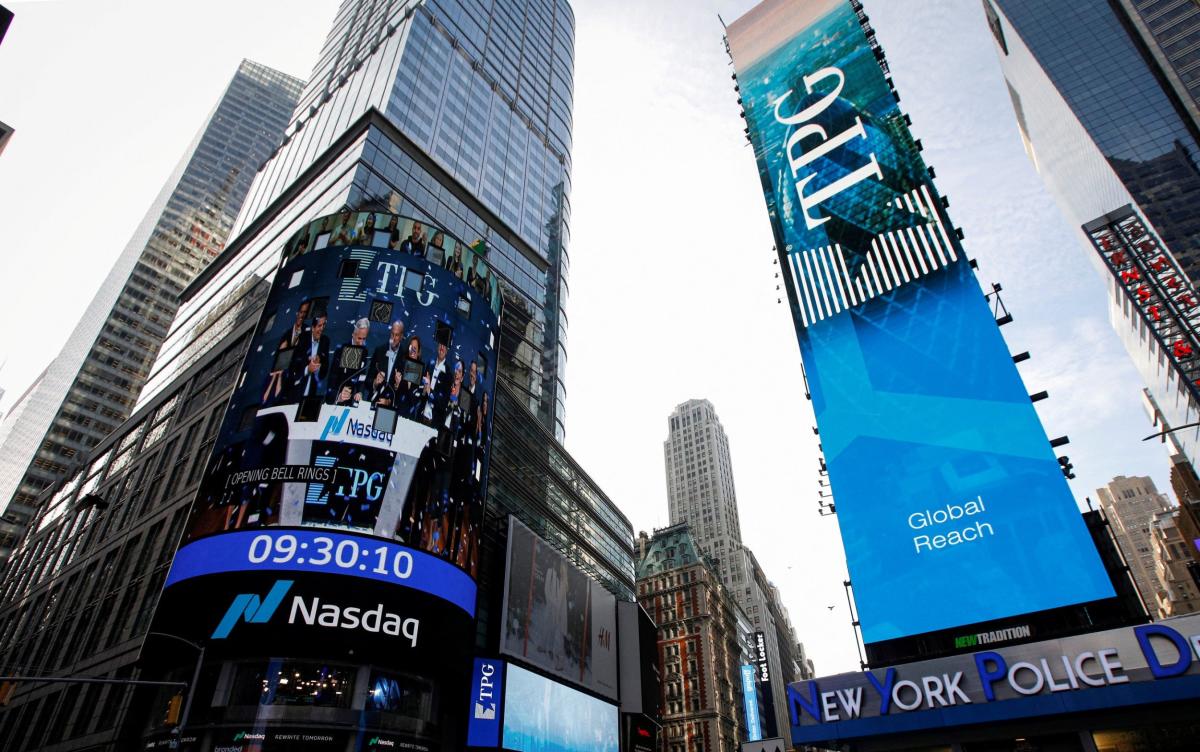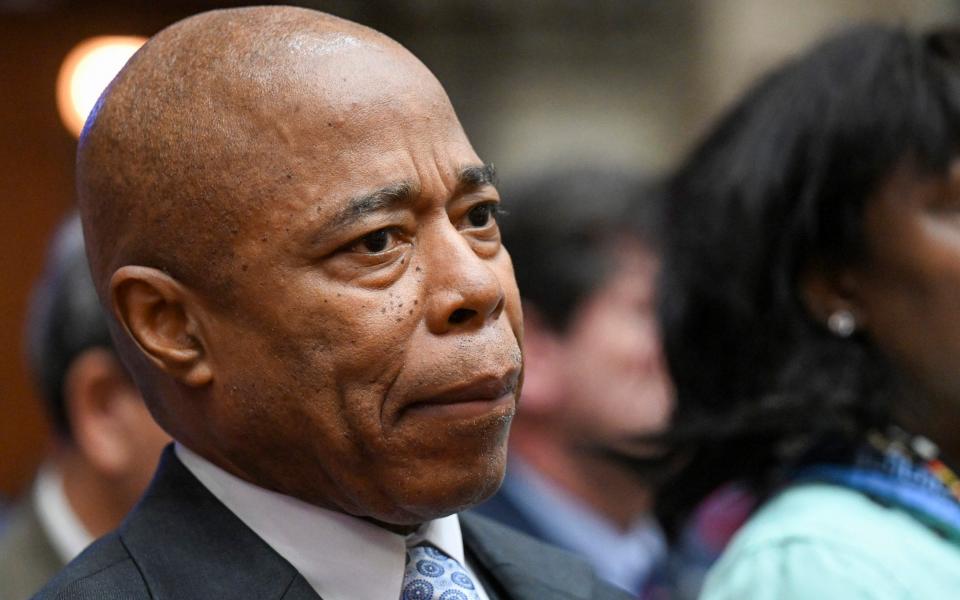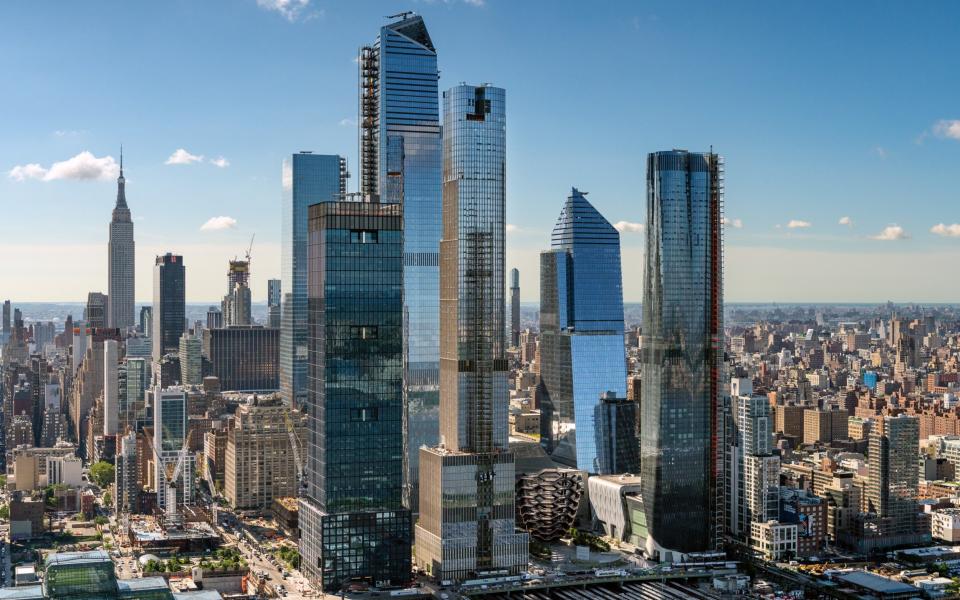

Simon Mitchell’s office in Union Square, New York, has felt eerily empty since the Covid pandemic. With four out of five unused desks in a 300-capacity space, the marketing manager only steps in when he feels he could use company.
Union Square was once known for its bustling bars and restaurants, where office workers swarmed as they enjoyed their fast-paced city life. The change in the area today is marked.
Mitchell, his partner, and their one-year-old baby moved to Queens just after the pandemic. She has no intention of returning to the office full time.
“Rents are through the roof and if you can avoid paying city prices for groceries and have a flexible lifestyle, why would you go to the office anymore?” he says.
Even cheap subway rides couldn’t lure him or his colleagues back to the office, Mitchell adds. “I wouldn’t even consider taking a job that didn’t offer flexibility,” he says.

While New York is beginning to show signs of life, only about half of the workers who should be in the office have returned more than a year after the pandemic. Vacancy rates for office buildings in downtown New York reached 22.7%, 11.4% higher than pre-pandemic levels.
Meanwhile, the level of workers returning to the office has stalled at around 60 percent, data from The Real Estate Board of New York shows. The consulting group warned of a coming wave of “zombie” buildings barely functioning due to low vacancy rates.
Some skyscrapers are already lifeless. The 47-story tower at 60 Wall Street has been empty since 2021, when Deutsche Bank, its only tenant, moved uptown on the edge of Central Park. The building’s owners, Singapore’s sovereign wealth fund and Paramount Group, have undertaken an expensive renovation to attract new tenants.
Eric Adams, the city’s mayor, urged workers to return to the office as the city struggles with a changing landscape. He said last year: “You can’t run New York City from home.”
But employees’ desire for flexibility is higher “than ever,” says David Smith, head of Americas insights, global research at Cushman & Wakefield New York. “And this demand is higher here than anywhere else in the world,” he adds.
White-collar workers are fleeing New York in large numbers in search of a commute-free life, Mr. Smith says, as well as the option to spend more time with their families and other personal pursuits.
“It’s particularly people in their 20s and 30s who aren’t willing to go back to the office full time,” he adds.
The lack of people returning to the office has hit the local economy, with remote work costing New York about $4,661 (£3,750) annually for each worker, according to Bloomberg, as employees spend less on food and business entertainment around their offices.
There are currently about 22.7 million square feet of subleased space in New York, and this number is rising as companies look to downsize their office space.
Agents note that most of the companies freeing up space are in the technology or media industries. Spotify recently put 200,000 sf on the market for sublease at 4 World Trade Center, vacating five of its floors. Facebook also announced that it will sublet approximately 250,000 square feet of its 1.9 million square foot office space in Hudson Yards.

In response, companies have ordered a return to the office. Blackrock, the world’s largest asset manager, announced Tuesday that staff must be on site at least four days a week.
In a memo, the bosses wrote: “Career development occurs in teachable moments among team members, and it accelerates during market-moving moments, when we step up and add to the mix. All of this requires us to be together in the office.
“We will spend at least four days a week in the office, with the flexibility to work from home one day a week. This new approach begins on September 11.”
Other companies have implemented similar policies, with JP Morgan recently telling its senior bankers to return to the office for five full days, adding that loafers would be punished for non-attendance.
At the time, the bank said: “As we return to more normal patterns in our lives and work, we can all appreciate the many benefits of in-person engagement.
“We believe this is especially true when it comes to the importance of being in the office: being together improves the speed of decision-making, while providing valuable opportunities for spontaneous learning and creativity, as well as allowing our professionals to learn through our learning. model.”
Blackrock’s announcement came after it pledged to downsize its New York headquarters. Fellow asset manager Macquarie and Twitter have also reduced their footprint.

Surprisingly, New York’s most famous buildings aren’t the most attractive to big business, and haven’t been for a long time, says Andrew Lim, director of research at JLL New York City.
LinkedIn’s headquarters, located in the Empire State Building, is leased for five more years. Agents have speculated that the company will look to reduce the space it occupies once its lease ends, with the idea of moving to more modern offices.
“These older buildings have features that aren’t as popular today with occupants who tend to prefer newer buildings that have amenities, modern finishes, and more customizable layouts,” says Mr. Lim.
According to JLL, about 25 million square feet of office space in Manhattan alone has been vacant and on the market for more than 24 months. Agents and investors believe that the next logical step would be to repurpose these buildings, considering around six million square feet of office space to be converted into residential or commercial space, among other uses.
On the mainland, Washington DC is leading the way by committing to convert 40 offices to residential buildings, according to Cushman & Wakefield. That trend is already spreading to the East Coast, with at least four office buildings yet to be converted. If it continues, empty New York skyscrapers could be turned into high-rises.
Broaden your horizons with award-winning British journalism. Try The Telegraph free for 1 month, then enjoy 1 year for just $9 with our exclusive US offer.
